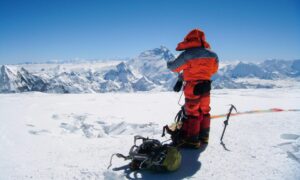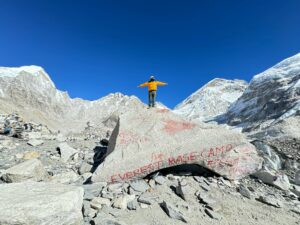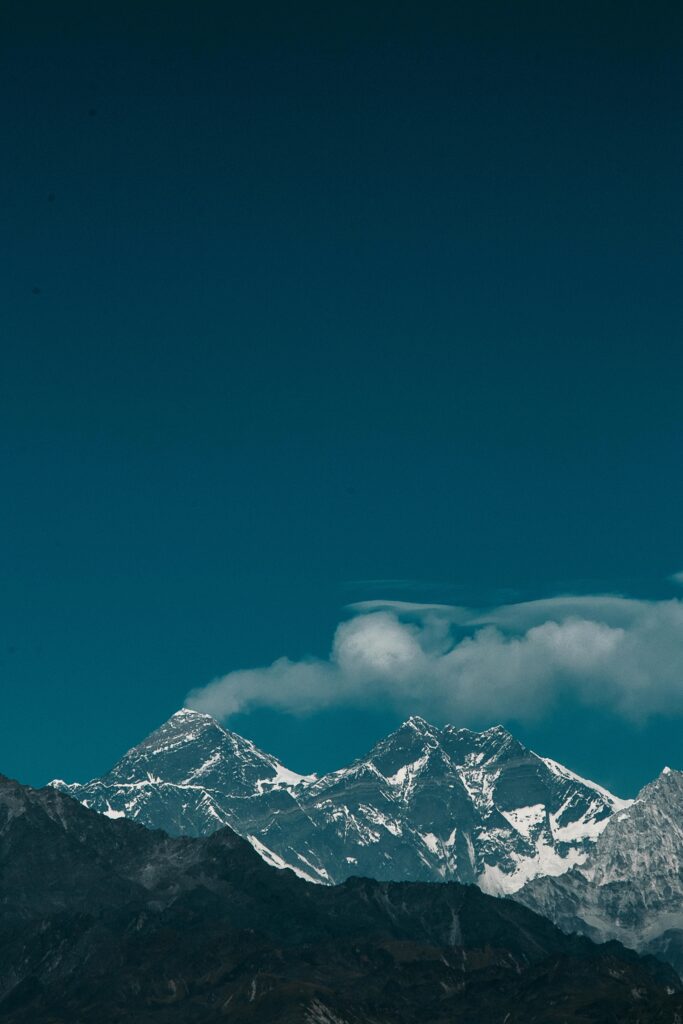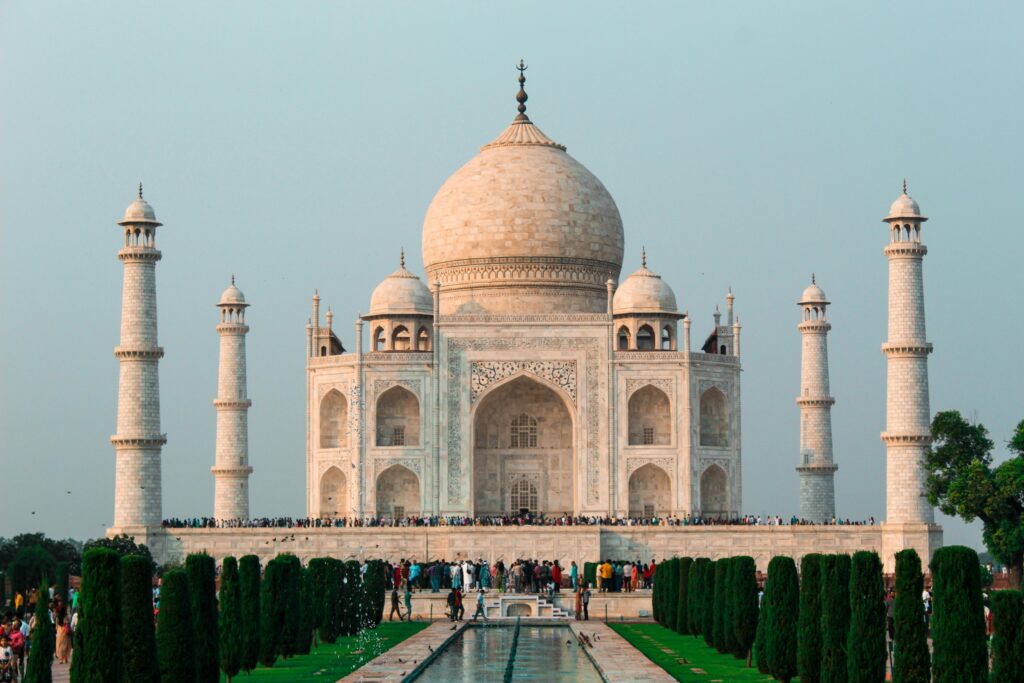Situated in Nepal as Sagarmatha and in Tibet as Chomolungma, the wonder mountain is well-known to the world as Mount Everest—the highest mountain on the globe, with its mind-boggling 8,848.86 meters, or 29,031.7 feet, above sea level. Situated on the international border of Nepal and the Tibet Autonomous Region, People’s Republic of China, and placed amidst the Himalayas, adventure-loving scientists and lovers of nature alike have been spellbound for centuries.
Formation and Geography
The Indian plate collided with the Eurasian one over 60 million years ago, forming the uplift upon which the Himalayan range lies; Everest’s peak happens to be the defining feature in its range, belonging to a sub-range of the Mahalangur Himal of other giants that also find their abodes on mountains such as Lhotse, Makalu, and Cho Oyu. The south side is in Nepal, and the north side is in Tibet. Climbing starts from the base camps on either side. Base Camp South is located in Nepal at 5,364 meters (17,598 feet), and Base Camp North is located in Tibet at 5,150 meters (16,900 feet).

History of Exploration
Mount Everest has been the inspiration for many expeditions. It was named after Sir George Everest, who was the British surveyor general of India in 1865. It was till 1953 that New Zealand’s Sir Edmund Hillary, along with Tenzing Norgay, a native Sherpa from Nepal, was confirmed to have reached the summit. Since then, thousands have attempted and succeeded in climbing this mountain to partial success. Even with new technology and gear, it is still the extreme weather, thin air, and really treacherous terrain conditions, as of 2023. More than 10,000 climbers have successfully conquered the mountain, while its victims’ toll has exceeded the number of 300.
Distinct Challenges
Climbing Mount Everest is not a joke. The mountain has extreme climatic conditions: temperature drops down to -60°C (-76°F), gusts of winds that can go up to 200 km/h (125 mph), and the notorious “Death Zone,” which is above 8,000 meters or 26,247 feet, where oxygen is scarce; people may suffer from altitude sickness, frostbite, or even death. Crevasses, avalanches, and abrupt weather fluctuations are among the uncertainties for which any climber must prepare for proper acclimatization. The other growing concern is the crowding that occurs more during peak seasons when climbing activities are pronounced, further raising danger on hazardous trails.

Ecological Consequences and Protection
The number of climbers is on the rise; therefore, attention now is on the environmental impact on Everest. The expeditions left trash along with human waste, which created issues with pollution. This prompted the cleaning campaigns of governments and nonprofit organizations. Nepal and China brought in regulations that limited the climbers and ensured responsible trekking practices.
Cultural and Spiritual Significance
Mount Everest holds significant spiritual importance to the local Sherpa community and Tibetan Buddhists. In Tibetan, the mountain is called “Goddess of the Sky” and held sacred. It is the Sherpas, guides, and porters to climbers who possess unparalleled knowledge of the mountain and make an important contribution to successful expeditions.

Modern-Day Everest
Over the last ten years, improved technology, equipment, and weather forecasting have made Everest accessible; however, the mountain still symbolizes human endurance and aspiration. Documentaries, books, and films about Everest have been made chronicling the triumphs and tragedies of the mountain to make it an icon to the world. Mount Everest provokes wonder and fascination toward herself through her challenges. She stands not only as a geographical marvel of the world but also by the indomitable spirits of humans.



